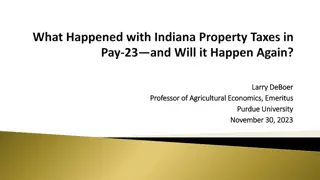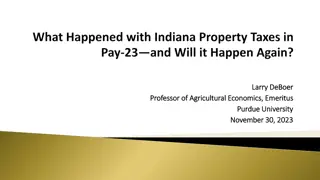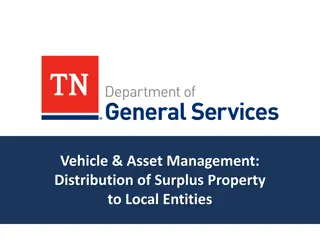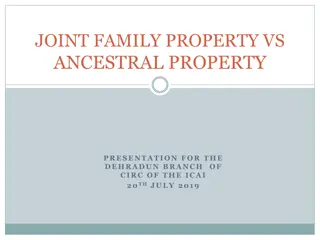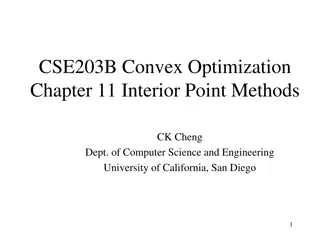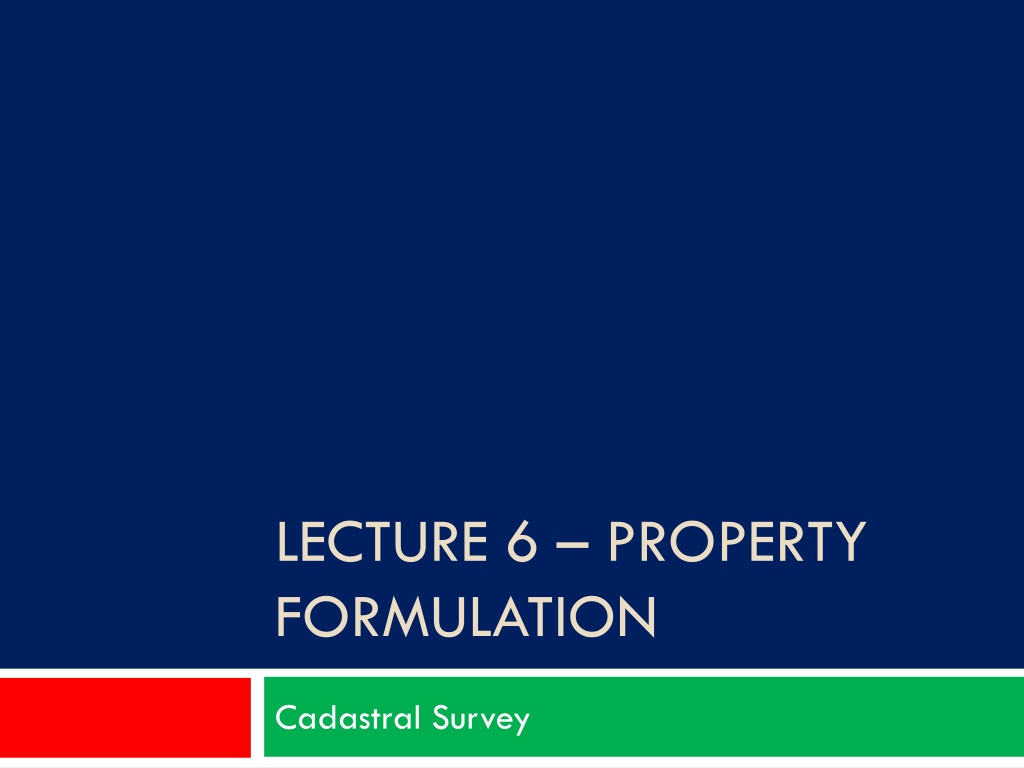
Understanding Property Formation in Cadastral Surveys
Learn about property formation in cadastral surveys, which involves creating new real property units through subdivision, partition, amalgamation, and more. Discover the process of dividing, amending, and transferring property units to optimize land use effectively.
Download Presentation

Please find below an Image/Link to download the presentation.
The content on the website is provided AS IS for your information and personal use only. It may not be sold, licensed, or shared on other websites without obtaining consent from the author. Download presentation by click this link. If you encounter any issues during the download, it is possible that the publisher has removed the file from their server.
E N D
Presentation Transcript
LECTURE 6 PROPERTY FORMULATION Cadastral Survey
Property Formation The creation of new real property units out of land from pre-existing one or by the amendments of existing units. Property formation, in other words, means both the formation and re-formation of property units. Property formation is a measure whereby The division into properties is changed Easements are formed, amended or cancelled, or A building or other construction belonging to a property is transferred to another property
Property units are created by: Subdivision Partition Amalgamation
Subdivision By means of subdivision one can subdivide a certain area of land or water from an existing property unit to form a new property unit. This is the commonest form of subdivision. It is also possible for an area to be to be subdivided from jointly owned land or from an entire joint property unit. The area of land thus parcelled off from jointly owned land becomes a property unit. The portion of a property unit parcelled off is called a subdivided lot. What remains of the original property unit after the parcelling is called the residual property unit. The residual property unit and lot together are called subdivided parcels. The whole of the original property unit with which subdivision begins is called, in its undivided state, a subdivision unit.
Partition When several persons jointly own a property unit with a specified share each, i.e. have joint title in it, one or more of them may request that his share be hived off into a separate area of land, forming a new property unit. In this way the share in the jointly owned property unit can be converted into a separate property unit in its own right. Always, when partition takes place, the whole of the property unit affected is divided up into new property units. The parcels are usually termed partition lots . These lots form new property units. After the partition, the original property unit no longer exists. In order for a partition to take place, it does not have to be desired by all the joint owners of a property unit. If one joint owner applies for cadastral procedure, this is sufficient for the possibility to be considered of carrying out a partition as applied for.
Amalgamation Entire property units can be amalgamated into a new property unit. Subdivided parcels can also be amalgamated. So too can a complete property unit and a subdivided parcel. In order for amalgamation of property units to be possible, must have the same owner. Property units belonging to different persons cannot be amalgamated to form a single property unit. The property units included in an amalgamation cease to exist. This means that all rights and obligations belonging to the property unit will be transferred to the new unit.
Re-allotment Re-allotment means re-formation of existing property units. Re-allotment can mean the transfer of land from one property unit to another. Re-allotment can take place by agreement between the owners of the property units affected. In certain cases it can also take place coercively i.e. against the wishes of a property owner e.g. for the purpose of planning implementation.
Re-allotment can mean Transfer of land from one property unit or joint property unit to another property unit or joint property unit. Formation of a joint property unit Transfer of a share in a joint property unit from one property unit to another Formation, amendment or cancellation of easements Transfer of buildings other construction belonging to one property unit to another property unit


![Property Settlements in Family Law: Case Study of Stamatou & Stamatou [2022] FedCFamC1F 241](/thumb/63303/property-settlements-in-family-law-case-study-of-stamatou-stamatou-2022-fedcfamc1f-241.jpg)
